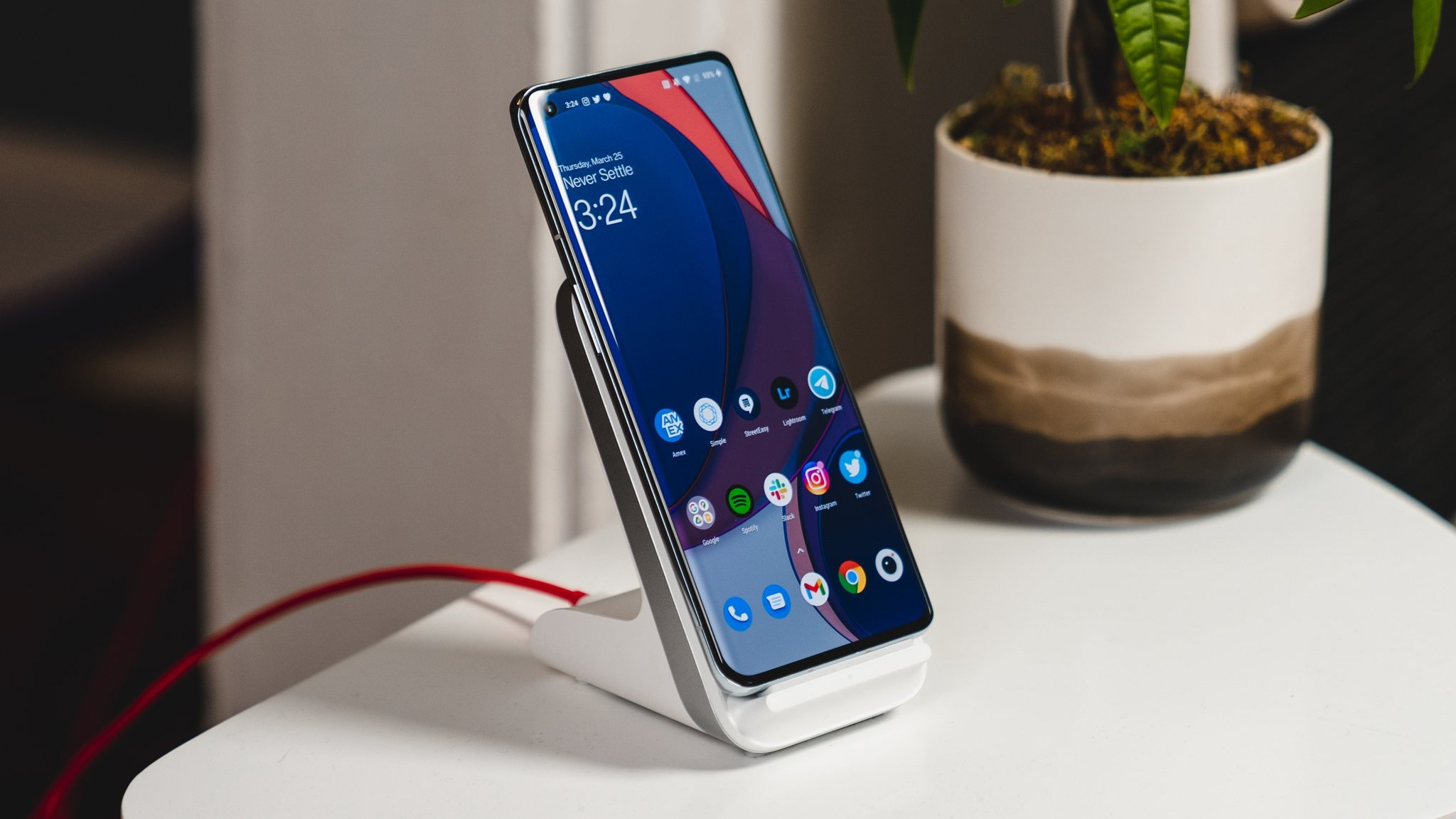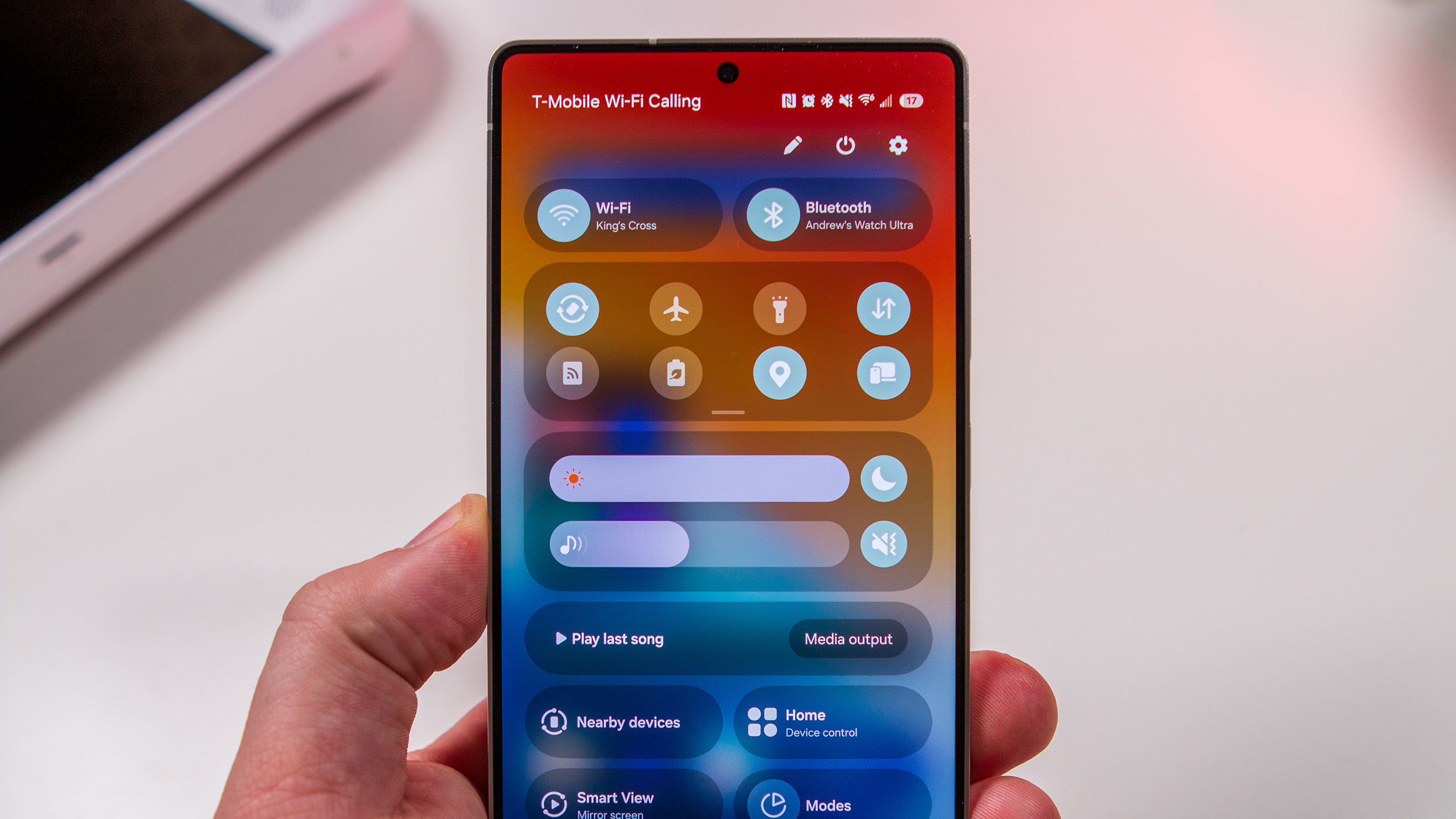Is it safe to charge your phone all the way to 100%?
Yes, because you can't really charge it to 100%.

Is it safe to charge your phone all the way to 100%?
Best answer: Yes, and no. It's not a great idea to charge a lithium battery (the type used in phones) to its full capacity. But when your phone says 100% and stops charging, the battery isn't really charged to 100%.
Since lithium batteries first started appearing in consumer devices we've had questions about how to best charge them. Some folks say to keep the battery between 50% and 70% at all times, some say to never let it get to 0%, and others say to watch closely so you can pull the plug when it hits 80% charge.
Things have come a long way since the first cellular phone and charging is one of the areas where companies spend resources to improve. So what's really happening and what's right?
Not all batteries are the same
Why you can trust Android Central
We're going to talk about the batteries you find inside your phone or tablet here. If you build RC cars as a hobby or have a personal vaporizer with a lithium battery inside, this might not apply there. It should, but we all know what happens when we assume. Now back to our phones and charging them.
Charging your phone to 100% is easy if you leave it plugged in at night. At least it looks like it's charged to 100% (spoiler: it's not). This is because there is a complete smart system inside your phone that takes care of nothing but charging the battery.
This power control or power management circuitry has dedicated hardware, dedicated firmware, and often dedicated user software to determine how your phone gets charged on both the device being charged and the charger itself. It regulates the power going in and out so that the battery is charged most efficiently and safely.

Part of this is how much the battery is being charged. You can charge a lithium battery to 100% but it's not safe to do so and it greatly shortens battery life. The problem is that we understand 100% really well and wouldn't like it if we charged our phone as much as we could and it said it was charged to 80%.
The easy fix is, of course, to charge the battery to the limit that's best for the battery and call that 100% which is exactly what your phone (or tablet or wireless headphones) does — it does the same thing on the other end and when your phone shuts off because the battery is at 0% it's not really completely drained. Most lithium batteries and their chargers incorporate tech to do just this, and the ones you find inside your mobile electronics all work this way.
We need to see a scale of 0-100 and that's just what we get. But that doesn't mean we can take the battery from fully dead to fully charged.
Thankfully the easy way is fine
You don't really have to worry about this with modern equipment. Charging your phone's battery to 80% of its capacity (which reads as 100%) is technically more harmful to the battery than charging it to 70% (which reads as ~92%) but not really enough to worry about. If you go through enough charge cycles your phone's battery will stop holding a full charge. You'll probably have a new phone before that happens.
Charge your phone when it needs to be charged and if you end up charging until it reads 100% you don't have anything to worry about, whether wireless or wired. Make sure you use approved cables and chargers it will be fine.
Be an expert in 5 minutes
Get the latest news from Android Central, your trusted companion in the world of Android

Jerry is an amateur woodworker and struggling shade tree mechanic. There's nothing he can't take apart, but many things he can't reassemble. You'll find him writing and speaking his loud opinion on Android Central and occasionally on Threads.
